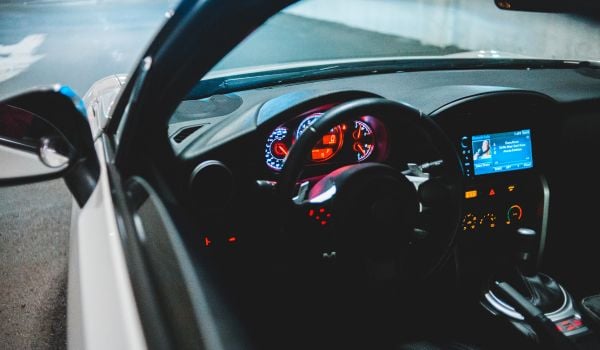This is an adapted excerpt from “Inclusive Transportation: A Manifesto for Repairing Divided Communities ” by Veronica Davis.
On April 27, 1996, I got my first driver’s license. It is a milestone date in my life I will always remember. In my 17-year-old brain (do not do the math), it was my ticket to true independence. For my mom, it meant not having to figure out how to get me to my sports practices or dance classes after a long day of work. One month after I got my license, my dad bought me my first car, which was a 1996 Dodge Neon because he saw the ad that said “Hi.” I will admit, the car did look like it was smiling. The Neon and I had many adventures and misadventures, like the time I spun out on the highway because I was driving too fast.
Cars are as American as apple pie. More importantly, they are a symbol of freedom. If I own a car, I can go wherever I want, whenever I want, and as fast as I want, assuming there is no law enforcement around. People in the United States have a love affair with cars. It is part of our culture. Cars are a status symbol. The car you drive allows others to assess what they think is your wealth. It allows people to discern whether you are “one of us” or you are “not from around these parts.” Car company ads market to us a lifestyle.
That, my friends, is the problem. Cars. I am not anti-car, and yes, cars are the problem. Prioritizing cars creates traffic congestion. Whether I love or hate cars, the fact remains that they are not efficient ways to move people. Think about it this way: 50 people driving alone will take up more roadway space than 50 people on a bus, on bicycles, or on the sidewalk. Traffic-related deaths and serious injuries are caused by people driving cars, and the fact is that the existing transportation system is overbuilt, trying to alleviate congestion during commute periods so people can have the freedom to drive to work in their cars by themselves. As a result of this effort to alleviate traffic congestion during commute periods, the near-empty roads during non-peak times enable people to drive at unsafe speeds — thus, fatalities in motor vehicle crashes are a leading cause of death in the United States.
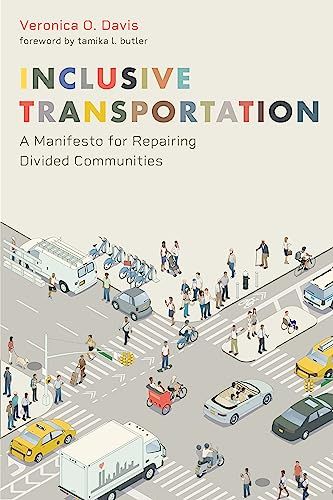
While we are on the topic of cars, surface parking lots — which I realize are not in the public right-of-way — and on-street parking are some of the biggest wastes of space. Parking lots are generally large seas of asphalt that contribute to stormwater runoff and the heat island effect, and they are almost always empty. The pandemic showed us that on-street parking spaces provided more economic benefit as outdoor restaurant seating than as all-day storage for cars.
Not to oversimplify the problems of transportation, but all roads lead back to cars, no pun intended.
Traffic Congestion — How Did We Get Into This Mess?
Before the introduction of the motor vehicle, most downtowns in the United States were thriving metropolises because people lived, worked, and played downtown. Even cities that today we say are car-centric, such as Los Angeles and Detroit, were designed around moving people efficiently. As a matter of fact, in the 1920s, Los Angeles had one of the most robust streetcar networks. If you examine historical photos of downtowns, you will see horse-drawn buggies, dense streetcar networks, and wide sidewalks. More importantly, you will see people. Today, some downtowns die around six o’clock in the evening as commuters make their escape to the suburbs.
The urban renewal of the 1950s through 1960s was probably one of the most destructive times in the history of American cities. Entire neighborhoods, including vibrant downtowns, were leveled to create something “new.” Our predecessors designed and built a car-centric transportation system. The car, the status symbol, could carry you to your new suburban home. Well, if you were white. To accommodate the traffic, neighborhoods, mostly Black, low income, or both, were bulldozed by federal, state, and local governments to build wide roads.
Designing around the car has been detrimental to people and the environment. Roads that once had wide sidewalks are today hostile to people walking, in order to accommodate more cars. These same roads often lack sidewalks and curb ramps that would make them accessible for people using a wheelchair or pushing a stroller. How we built the environment is why transportation systems are one of the social determinants of health. For example, a lack of sidewalks is a barrier to active transportation, which researchers have linked to childhood obesity. Back in the day, children walked to school, playgrounds, and other destinations, like libraries, because there was little risk of being struck by a car. The inverse is also true. If people use motor vehicles less, it can improve health outcomes.
The Numbers — Level of Service by Its Nature Leads to Widening Roadways
Most engineers first encounter the term “level of service” (LOS) in the junior year of their undergraduate program. Planners may or may not hear about it until graduate school. People in policy, politics, and journalism understand it insofar as a grade of A is good and F is bad.
LOS at its most basic is a measure of the volume of vehicles on a roadway versus the capacity of the roadway. When the volume exceeds the capacity, the vehicles are stuck in gridlock. It gets a grade of F, meaning it fails, and someone stuck in that gridlock is sending their elected official an angry email or posting on social media. When the volume is significantly below the capacity, people can drive unimpeded. This gets a grade of A, which is misinterpreted to mean it is what we should achieve. When people can drive unimpeded, what do they do? They speed.
Basically, the LOS grading system is a clear way to communicate but has the unintended side effect of making it seem that the whole goal is to achieve an A for this one metric. Decision-makers get it in their mind that any traffic flow that gets worse is unacceptable, even if it means adding a bus-only lane or a protected bicycle lane, which can move more people. And a lot of negative side effects come with seeing road expansion as your only option to reduce congestion.
Our predecessors designed roads for the worst six or so hours of the day — and the business as usual approach continues this practice even now. During the other 18 or so hours, however, the roads have excess capacity, which leads to people speeding, which in turn leads to a high number of crashes. It is dangerous, and wasteful, similar to how big-box retailers build surface parking lots for Black Friday shopping, and for the rest of the year these lots are virtually empty.
This A–F approach leaves transportation planners and engineers with two options: decrease the volume of vehicles, or increase the capacity of the roadway
For decades, the solution to congestion has been to add more lanes to the roadway, which increases capacity and allows a higher volume of cars to move. The outcome is wide highways and roads that are dangerous from safety and public health perspectives. Some state departments of transportation have repurposed general travel lanes for high-occupancy (HOV) lanes, high-occupancy toll (HOT) lanes, and managed lanes. The goals of these are to encourage people to carpool to reduce the number of cars on the highway, which is a good thing.
However, even with HOV lanes, toll lanes, and congestion pricing, which allows the toll price to fluctuate with traffic, and as we have become more enlightened regarding other modes of transportation that move more people efficiently, the state departments of transportation are spending billions nationwide to widen roadways. For example, the State of Louisiana is proposing to invest $1.1 billion to widen the same Interstate 10 that destroyed my family’s neighborhood in Baton Rouge. In February 2021, through the environmental review process established by the National Environmental Policy Act, the state received a Finding of No Significant Impact (FONSI) despite the need to acquire 27 residential and five commercial structures, of which 64% are in environmental justice communities, defined as communities made up mostly of people of color and low income. Depending on your point of view, you may or may not agree with the assessment that acquiring 27 residential properties is not significant.
However, how much should a community have to endure? Especially when the $1.1 billion could have gone toward $15 billion in deferred maintenance. For nonengineers, this would be equivalent to adding another room to a house while ignoring a leaking roof. They are building more roads even though they have miles of roads that are aging and in need of repair. While federal money has certain restrictions, as a country we continue to fund expansion at the expense of maintenance. My cynical side says that one explanation is that there are no ribbon cuttings and photo opportunities for a newly repaved road.
But Let’s Address the Elephant in the Room: Racism and Lack of Diversity
No, highways and roadways are not racists. Highways are inanimate objects. However, historically, the transportation industry lacked diversity at the decision-making levels. In the 1950s and 1960s, when the highway system was planned, designed, and constructed, racism was embedded in the process.
The invention of the automobile, along with government housing loans for white veterans, eventually led to the creation of suburban housing, creating white flight to those suburbs to achieve the American Dream of a house with a yard and a garage for the car. The sprawling growth of the suburban and exurban areas for living — while people still needed to commute downtown for work — led to the perceived need for more roads.
In those days, the people making decisions regarding highways were white men. Engineers and planners intentionally designed the national highway system to go through Black, Brown, and low-income neighborhoods. There were some attempts to build them through white neighborhoods, but these were often met with resistance from those communities. Putting the highways through Black, Brown, and low-income neighborhoods was the path of least resistance. Not because people in those communities did not care — but because they had the least power. Black people did not have the right to vote until 1965, so technically they were not a political threat.
I will not go too deeply into history that is documented by others, but I do want to make sure one thing is clear. Racism shaped the urban and suburban areas, where even today we see the residual effects. For the United States, this period was during the Jim Crow era and the beginnings of the civil rights movement. In the land use context, restrictions were imposed on who could live in what community via deed restrictions, protective covenants, redlining, and, more subtly, marketing by real estate agents. Deed restrictions were explicit to Black people and others deemed non-white, which during that time included people who were Irish, Italian, and Jewish. (Even though these restrictions are not legally enforceable, they still show up on deeds.)
In transportation, this shows up in disproportionate impacts on communities today. Across the United States, Black, Latino, and Indigenous communities are overrepresented in pedestrian fatalities, asthma, heart disease, and obesity. There are plenty of “get out and move” campaigns, but how does one get out and move when there are no sidewalks or paths, no trees to provide shade, and no places to sit when one gets tired? Even active transportation falls flat when there are no safe places to bike to grocery stores, jobs, places of worship, and schools, or places to lock your bike once you arrive. Improving health outcomes in many of these communities will require more than encouraging behavioral changes. It will require acknowledging and correcting the systemic racism that has shaped the physical infrastructure.
While the industry has improved since the 1960s, it continues to lack diversity at the decision-making levels in transportation agencies and consultant teams. This means people making the decisions may have never personally lived with the impacts of past harm caused by transportation — and that makes a real difference in how you think about the problem. Without a focused effort to put resources into the areas with the highest needs, those communities will continue to experience higher traffic-related fatalities and poor health outcomes.
A New Way of Thinking
It is easy to critique our predecessors because we have the benefit of knowing the outcome, regardless of whether or not it was the intended outcome. However, this point in time is an opportunity to look inward as we chart this new path forward. My challenge to you is to push beyond the minimum standards. The inequities in communities require us to think of solutions with a restorative lens. For the communities overburdened by roadway infrastructure, what would improve the lives of the people living there?
To get a different outcome, we need a different way of thinking. To address healing the damage done by cars, we need to reframe our thinking from moving vehicles to moving people as well as bring focus to the off-peak times. To address the disparate impacts of historical racism, we need to address the underlying metrics and policies. These are currently barely represented in transportation project planning and implementation. We have work to do.
Copyright © 2023 by Veronica Davis. Reproduced by permission of Island Press, Washington, D.C.

Veronica O. Davis is Director of Transportation & Drainage Operations for Houston, Texas, leading the team responsible for maintaining and improving the infrastructure that spans Houston’s 671 square miles. Veronica has nearly 20 years of experience in engineering and transportation planning. She is an Entrepreneur and Civil Engineer, co-founding Nspiregreen, LLC., which manages Community, Multimodal Transportation, and Environmental planning and consulting. While at Nspiregreen, she led the Vision Zero Action Plans for Washington, DC and the City of Alexandria. She co-founded Black Women Bike, an organization and movement which builds a community and interest in biking among black women through education, advocacy and recreation. Veronica was recognized as a Champion of Change by the White House in 2012 for her professional accomplishments and advocacy.

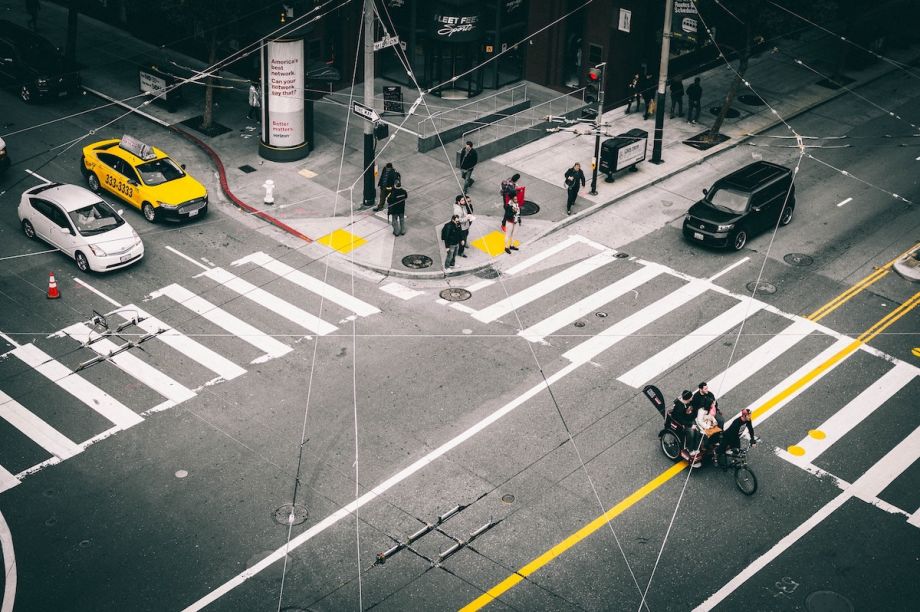
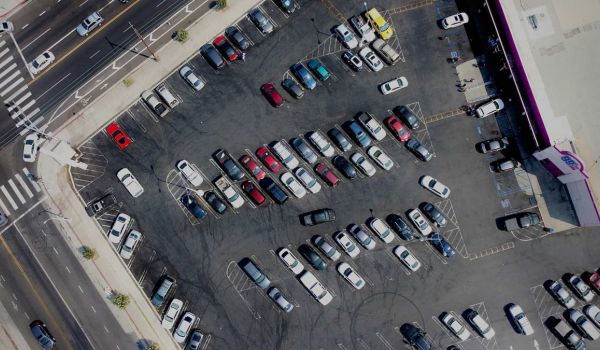
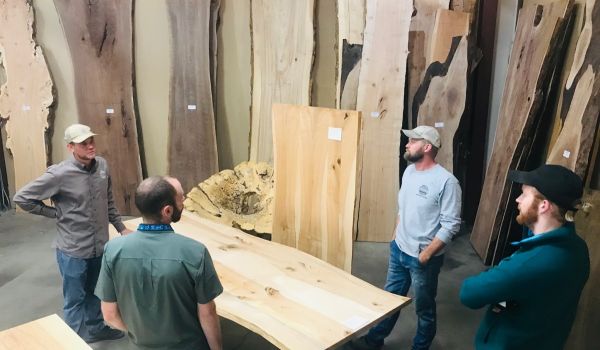
_600_350_80_s_c1.jpg)


_on_a_Sunday_600_350_80_s_c1.jpeg)
